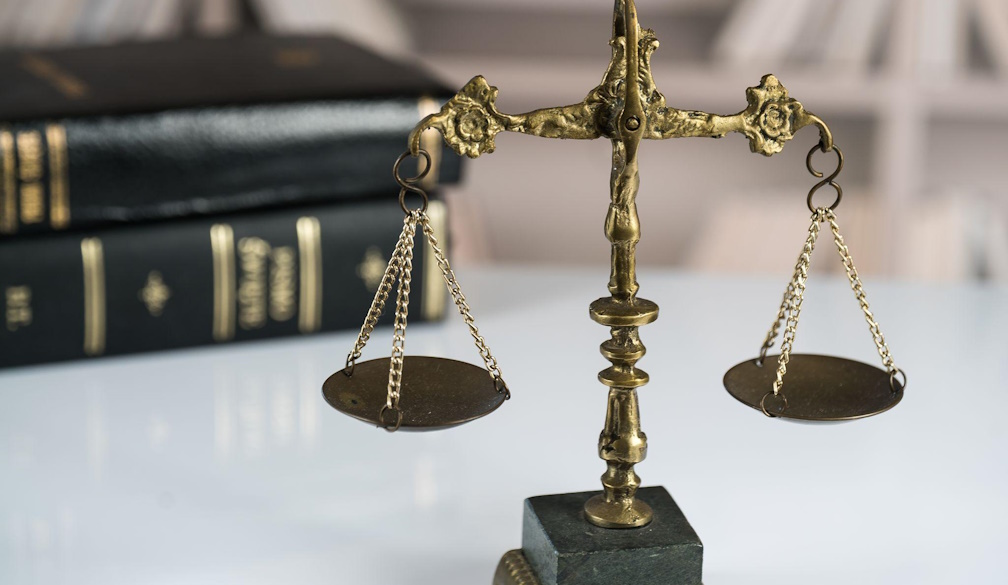Striking a Balance: Navigating Individual Rights and Community Protection in Police Interactions

The ever-evolving relationship between the police and the community is a topic of great interest and intense debate, one that rests on the delicate task of maintaining a balance between two vital aspects: individual rights and community protection. As pillars of law and order, police play a crucial role in striking this balance, and in doing so, they uphold the values of a just society. This article delves into the parameters of individual rights, the role of community protection in policing, the conflicts that can arise between the two, and the potential strategies for maintaining this delicate equilibrium.
Understanding Individual Rights in Police Interactions
Individual rights in the context of police interactions refer to the civil liberties and freedoms that are constitutionally and legally protected. These include the right to freedom from illegal searches, arbitrary arrests, and dignity violations. Court cases such as "Mapp v. Ohio" and "Miranda v. Arizona" have set precedents for these rights. However, numerous cases spotlight violations of these rights. The law enforcement code of conduct, too, plays a pivotal part in addressing appropriate police behaviour towards citizens.
The Role of Community Protection in Policing
Community protection in policing constitutes a strategic approach that ensures the safety, peace, and welfare of neighbourhoods. Community policing influences law enforcement strategies substantially, often leading to more rapport and trust-building initiatives with constituents. The intertwining of community protection and individual rights can be complicated — but with informed community members and ethical policing measures, it can create an atmosphere of collaboration and mutual respect.
Conflict Between Individual Rights and Community Protection
Unfortunately, conflicts between individual rights and community protection can arise regularly. One such scenario could be the practice of 'stop-and-search,' which, although aimed at community safety, can infringe upon individual rights. These conflicts are often rooted in discrepancies between laws, societal expectations, and policing practices, leading to significant legal and societal implications.
Strategies for Balancing Individual Rights and Community Protection
Achieving harmony between individual rights and community protection may necessitate diverse strategies. Changes in policies, such as revision of stop-and-question rules, can help. Community engagement, too, forms a major part of this balancing act, promoting inclusivity and understanding. Training initiatives for police officers around sensitivity and legality are paramount, alongside relevant legal reforms that address the intersection of individual and community rights.
Impact of Striking the Balance: A Societal Perspective
When a balance between individual rights and community protection is struck, the impact spans across society. It manifests in augmented trust in law enforcement, increased community safety and stronger police-community relations. Moreover, such a balance can act as the bedrock for the construction of healthy, secure neighbourhoods — a central part of navigating police interactions safely.
Pulling the threads together, it's clear that striking a balance between individual rights and community protection is no easy task, but certainly a worthwhile pursuit. From policy reform to community engagement, many strategies can pave the way for this equilibrium. Hence, it's crucial for relevant stakeholders — from citizens to law enforcement to policymakers — to continue their dialogue and efforts in nurturing this necessary balance.



